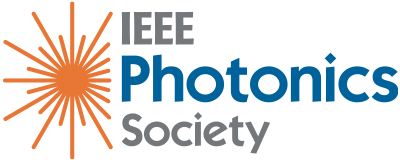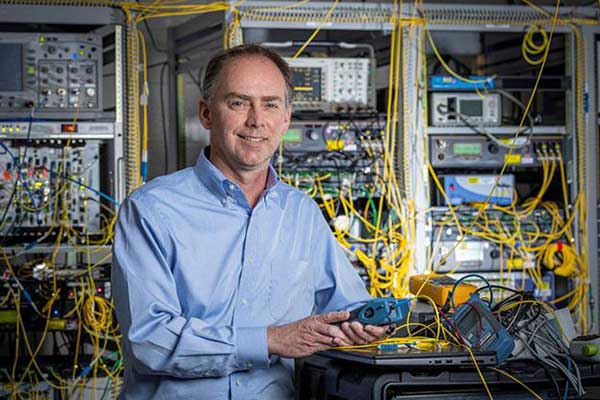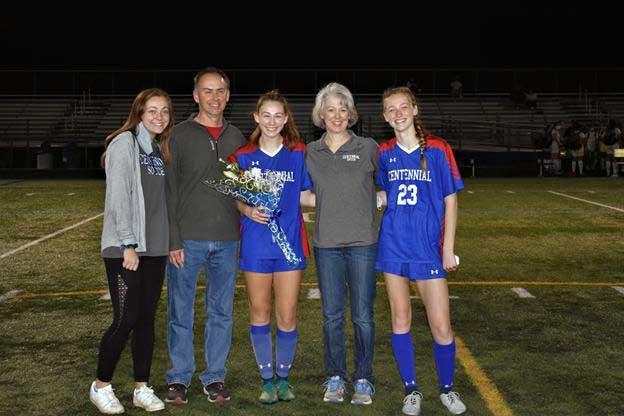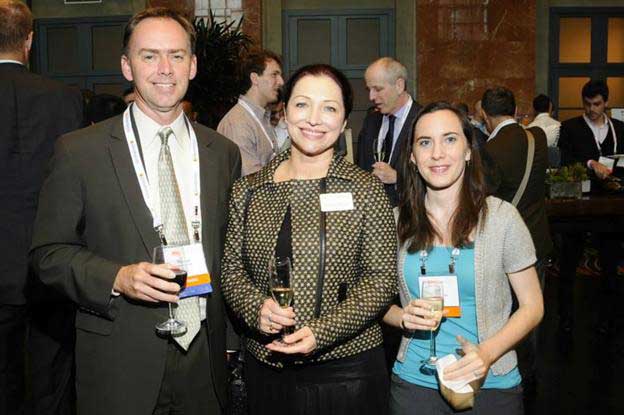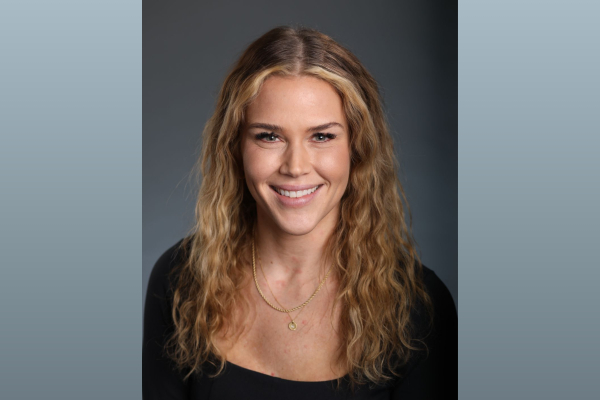By Naznin Akter

Thomas Clark, Ph.D.
Photonics Researcher and Supervisor of Optics and Photonics at Johns Hopkins University Applied Physics Laboratory
Chair of the IEEE Photonics Society Education Committee
Leaders are the building stone of any society or nation, and the same goes for the IEEE Photonics Society. We valued and recognized our leaders’ contribution to improving the IPS society and had an impact worldwide. This column intends to highlight our society’s leaders who have truly made a positive impact in the community. This issue focuses on Thomas Clark, Ph.D., who serves as a Chair of the IEEE Photonics Society Education Committee.
What is your current professional job?
I have been a Photonics Researcher at the JHU Applied Physics Laboratory for 17 years. I am currently the Optics and Photonics Group’s Supervisor, which consists of about 40 scientists and engineers focused on technology development and its application for sensing and communications. My primary research interests have included the development and characterization of low-noise and ultrafast photonic systems and devices and photonics applications to optical communications and microwave and millimeter-wave systems.
What role does your volunteer leadership position play for IPS? What challenges do you face on your part?
I am currently serving as the Chair of the IEEE Photonics Society Education Committee. My role is to coordinate and advise the Education Committee on IPS educational activities covering all student (K-20 STEM) stages and professional development. We seek to provide impactful educational offerings for K-20 students, technicians, early-career professionals, and new technical area training and resources for professionals of all career stages.
There are so many excellent initiatives and activities that are accomplished by the dedicated professionals available around the world. Some of the most notable challenges we are currently facing are finding out about them and determining how IPS can help with the available resources. We need to decide and choose those offerings with the most significant chance for impact and then figure out how to bring them to as many professionals in as many nations as possible.
What do you want to accomplish as a volunteer this year / next year?
My focus so far has been on looking for impactful offerings for the young professional who does not go to graduate school for a Ph.D. Our society is very active in K-20 STEM and has been serving the Ph.D. student and post Ph.D. professionals with successful initiatives for many years. As our technology area has matured and sees a much more ubiquitous adoption in the industry, there will continue to be many more opportunities for professionals with Associate and Bachelor’s degrees and technician certifications. Continuing education for these professionals is just as crucial to the growth of photonics. I believe IPS can help fill that need with offerings more practical, such as hands-on experiences, career development materials, and forums for advice. Online content and curated materials developed by our society members and made available to our chapters seem like an excellent opportunity to bring these experiences to much of the world and complement the universities and community colleges’ amazing current offerings.
Why “Photonics”? What was your “photonics moment”?
Less a “moment” and more years of learning what excites and drives me. While I was beginning with my college applications, including a different major for each school eventually led me to physics and a love of learning for it. I met faculty and students working in atomic molecular and optical physics while I was at a summer undergraduate program at Lehigh University. That was my first introduction to lasers and laser physics. Exposure to the hands-on nature, the rich analytical physics, and the wide-open application space pushed all of my buttons. From there, I’ve kept lasers in my life, first studying nonlinear optics and ultrafast physics, then a Ph.D. studying laser-plasma physics, and a post-graduate career working in optical communications and microwave photonics.
Hands-on experience, rich analytical physics, and wide-open application space still feels genuine and still excites and drives me.
What about our Society’s mission and work that motivates you?
I love the outreach activities and the impact it has upon the world. When I first came on as a volunteer, I thought I would be reading conference papers and scheduling talks. Our society goes way beyond conferences, and one conversation with IPS staff or a volunteer leader will show how passionate we are about everything. We can guide and help improve member careers, K-20 exposure, education, diversity and inclusion, and worldwide technology access and service to the communities and whatnot.
What specific assets do you bring to the table as a volunteer?
I feel like I’ve always brought a desire to understand and a fresh outlook in my involvements which has allowed me to see possibilities for change without necessarily needing to disrupt what is good in the current state.
This process sometimes feels slower than what the majority would like, but it feels great when the change can happen, and everyone feels like it has always been this way, which seems better for the staying power of the change.
Mention one thing that you have changed and one thing that you want to switch to improve the IEEE Photonics Society?
When I was the Technical Program Chair for the IEEE Photonics Conference, I recalled how we had poorly attended final-day sessions every year, which felt unfair to the speakers and unrewarding to the attendees.
After discussion with IPS staff, we instituted a closing ceremony session in the early afternoon. This closing ceremony includes post-deadline papers, student awards, and a final send-off allowing those wishing to leave the whole afternoon and evening for flights and a free afternoon and evening for those wishing to enjoy the great venues we’ve chosen. This concept seems to have the staying power we hoped for. I’m hoping to engage and impact the many non-academic, non-research-oriented photonics professionals. I think we do a fantastic job supporting the researchers of the world, and we certainly draw a lot of our volunteers from those circles.
As our technology matures, I think we see more professionals serving to bring that technology to application and societal insertion who deserve to see IPS offerings targeted toward their education, career development, and need to network and share experiences.
The Education Committee is planning to help in this area, and several other society committees are hoping to broaden our offerings and our membership.
Can you name a person who has had a tremendous impact on you as a leader? Maybe someone who has been a mentor to you? Why and how did this person impact your life?
Several mentors and colleagues have impacted me, including Paul Juodawlkis bringing me into the Microwave Photonics Technical subcommittee. Still, past IPS President Dalma Novak has undoubtedly had the most significant impact on me as a society leader. I credit Dalma with providing the encouragement and advice I needed to begin volunteering in society and seeing beyond just serving the duties to become a part of the family. Her example, council, and active participation in my network’s growth have been critical to my professional development. I hope I can pass that on to young professionals in my circles as well.
What are the most important decisions you make as a leader of the IEEE Photonics Society?
I can think of no decisions more significant than recognizing a potential new volunteer with a desire to engage and impact society and helping to make it happen.
How would you advise members who want to become more involved in Society?
Find a volunteer doing something you would like to do and reach out.
Why do you think Members should be involved as Society volunteers? What are the benefits?
Becoming a Society volunteer offers the chance to improve yourself, impact your surroundings and grow your professional (and personal) network well beyond the boundaries of your present employer, co-workers, and residence.
What advice would you give someone going into a leadership position for the first time?
Trust and seek advice from the IPS staff; they are your most important resource, and don’t be afraid to ask questions.
How do you ensure IEEE Photonics Society and its activities are aligned with your core values?
I am fortunate to know many IPS leaders, past and present, allowing me to learn the IPS society’s values, and I try to stay involved in whatever capacity I can to keep them going. Regarding the core values, I am particularly interested in strengthening IPS in global opportunity and access. I believe evaluating all of our initiatives for opportunity and access will help keep our Society inclusive regardless of gender, ethnicity, and national and economic background while also improving the quality and impact. By keeping an eye on opportunity, we can ensure we continue to grow and impact those areas where we have successes and identify and bring forward ideas to help those areas in which we see underwhelming results and risk losing or underserving. Working with the Education Committee, I’m very hopeful that being mindful of the need to evaluate opportunity and access will help us provide offerings through various mediums to create educational initiatives accessible to all one way or another.
When faced with two equally qualified candidates, how do you determine whom to choose?
I always try to look for team improvement, which can come from many more attributes than qualifications, including technical discipline and education level, personal background – gender, ethnicity, nationality, and personality tendencies. Focusing not only on realized improvement but also on ensuring the team abilities, valuing team diversity, and seeing as many angles to the problem as possible to improve the probability of team success.
What is one characteristic that you believe every leader should possess?
A leader who values and displays empathy with their team will see a greater flow of communication, understanding of the shared goals, and recognizing the need for flexibility in evolving tasks and responsibilities. We cannot always change the present situations, but acknowledging the issues, adjusting where we can now, and noting where we can in the future go a long way to creating high-performing teams and future leaders.
What is the biggest challenge facing leaders today?
Information is abundant with easier access while a little or no way to verify the authenticity of those pieces of information. The volume of data with varying quality can make the task of making the best decisions based on the most relevant and trusted data a difficult task to execute and creates far too many reassessment opportunities of those decisions afterward.
What is one mistake you witness leaders making more frequently than others?
They forget that it is their opportunity and responsibility to lead and do not need to follow the easy and/or most traveled path if they see another potentially impactful and higher probability of success path.
Tell us something fun about yourself!
I had the tremendously rewarding opportunity to coach each of my three daughters in basketball and soccer for more than 10 years. All three eventually became too good to continue being coached by me. Still, I cannot think of a better way to have spent my time than embracing what was important to them, passing on what I could in knowledge and enthusiasm, and spending as much time as possible with them. I’m very thankful they were willing to share.
This column is written by Naznin Akter, PMP® (naznin@ieee.org). Any questions or suggestions for the improvement of this column are highly appreciated.
